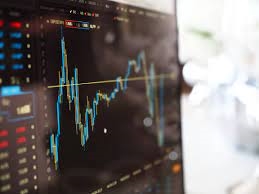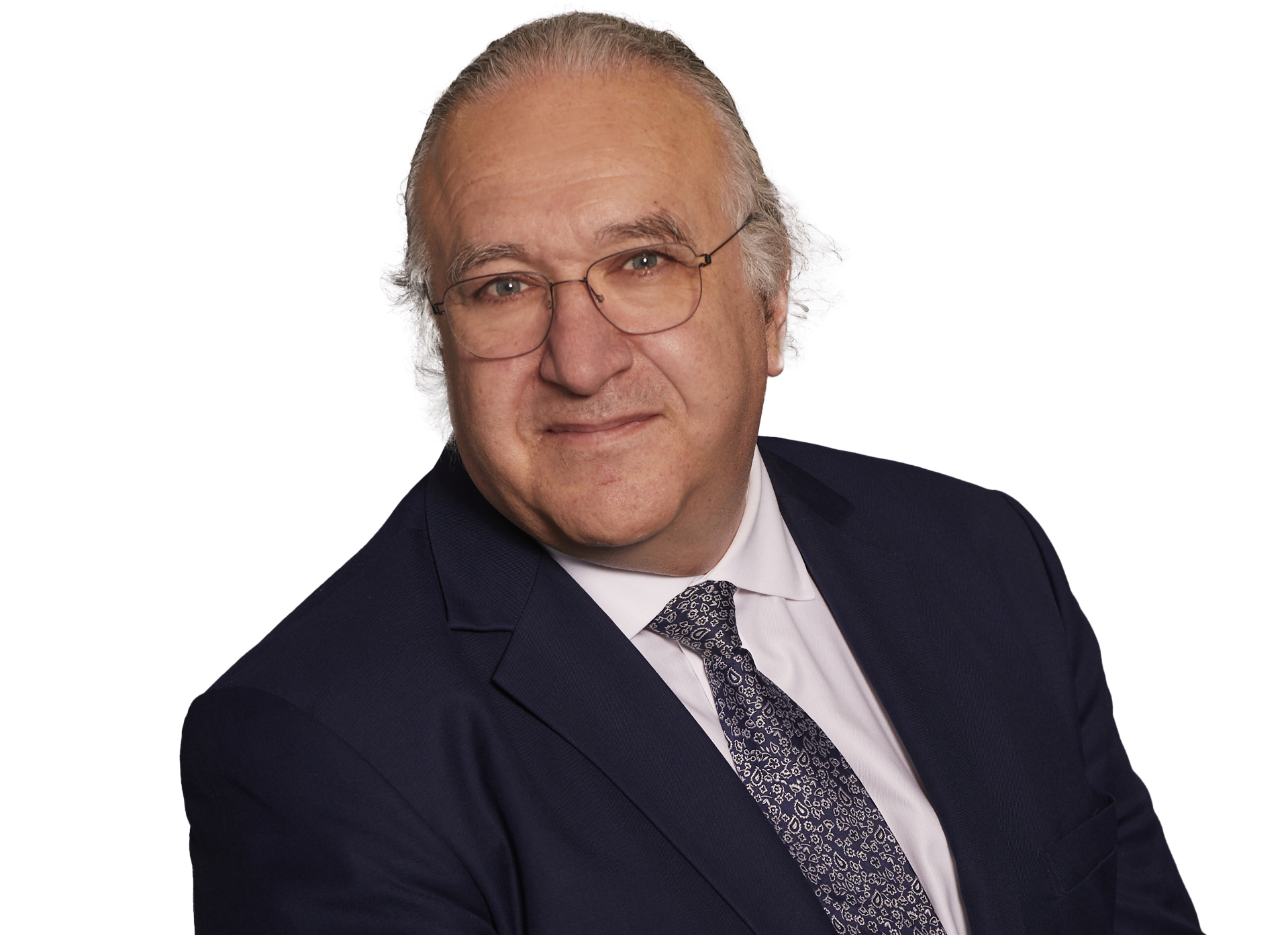New ideas for the new normal – how liquidity providers are navigating EU markets

At the Derivatives Forum 2022 hosted in Amsterdam last week by Eurex and ABN Amro Clearing, and sponsored by Optiver, industry veterans met to debate how liquidity providers can best support well-functioning European capital markets, addressing current challenges and future opportunities. Piebe Teeboom, Secretary general, FIA European Principal Trading Association was joined by Lotte De Vos, Head of European Market Structure, Optiver, Martin Polak, Chief Operating Officer, All Options, Jonas Ullmann, Chief Operating Officer, Eurex and Cathal Hardiman, Head of Direct Counterparty Trading Europe, IMC to discuss how best to evolve the current market structure to grow European volumes for the benefit of all investors.
Making European markets more attractive
Stagnant European market volumes have been at the centre of the debate for years. Despite the supposed allure of the optimal time zone, continuous intraday liquidity lags drastically behind US and Asian volumes. Lack of retail participation in Europe, as well as flows into bilateral OTC products like swaps and contracts for difference instead of into listed derivatives add to the decline in addressable liquidity. Increasing volumes requires solving these two challenges, but also increasing the use of technology and establishing an appropriate level of protection to ensure the incentive remains to maximise diversity of flow.
Who needs protection?
“Making sure there are enough liquidity providers to compete on price is in the best interests of end investors,” according to Lotte De Vos, Optiver’s Head of European Market Structure.
But options market makers suffer from a particular structural disadvantage. With liquidity providers posting thousands of quotes across numerous strikes and tenors, “any underlying move in the underlying equity increases the risk of adverse selection,” she added, resulting in a reduced incentive to quote.
Eurex has looked to address this through the introduction of PLP (passive liquidity protection) creating asymmetric speedbumps to protect the provision of liquidity in equity and index options central limit order books, both in terms of volume but also size of quotes.
While the introduction of PLP saw a positive increase in the median average bid and offer quantity, the change in monitoring pro-rata in single stock options together with wider market impacts such as Covid, short sale bans and changes in dividend policies makes it difficult to attribute the increased volume to PLP alone. Some participants are concerned that any artificial latency risks creating a perceived lack of transparency which erodes trust between the asset management community and market makers.
Piebe Teeboom, Secretary general, FIA European Principal Trading Association, highlighted the importance of direct engagement with the buy-side, reiterating how their members are keen to support the evolution of European markets to become more efficient, trusted and resilient to grow buy-side interaction.
One way to mitigate any risk of mistrust could be through greater transparency of data before and after quotes to reassure the Buy side that there is no erroneous behaviour while still protecting market makers from being “picked off”.
On-screen vs off-screen
Increasing lit passive liquidity in order books maximises the provision of continuous liquidity and optimises the ability to execute even in times of market stress. However, the proportion of volume posted as on-screen activity which is in fact already pre-arranged – ie non-addressable liquidity - is constraining the true potential growth of European market volume. According to Martin Polak, Chief Operating Officer, All Options, 60% of European options flow is off exchange: he argues that that if “you can provide liquidity off screen, you can provide liquidity on screen”.
Cathal Hardiman, Head of Direct Counterparty Trading Europe, IMC agreed that “moving more volume on screen is a good thing for all market participants and end investors, it’s where trades can happen most efficiently and competitively”.
However, while in practice, European asset managers may be able to find small size on-screen liquidity, trading larger orders is hard “even in the off-screen market” adding that managers can move “10,000 lots of SPX options for less investment than 10,000 Eurostoxx,” meaning they continue to trade less in EU and more in the US S&P complex.
“It’s on all of us to try and reverse this to ensure Europe can compete better with the US,” said Hardiman.
Getting retail on board
As well as making European markets more attractive to international investors, De Vos believes regulators should do more to encourage retail to trade exchanged-traded derivatives (ETDs).
Teeboom noted the recent announcement by BaFin to restrict German retail participants being able to trade exchange-based futures products<1> when alternatives such as the warrant and crypto markets are very unregulated. Jonas Ullmann, Chief Operating Officer at Eurex agreed, questioning whether retail investors understood the full risk that they were taking when trading off exchange products versus trading an on-exchange central clearing counterparty (CCP) cleared product.
The panel agreed that the industry needs to work together to educate end investors, as well as provide broader access to a more diverse set of market makers independently competing on price across a range of more attractive products such as the recent innovation in micro futures. This is the best means by which to access the “Holy Grail” of increasing European retail volumes. This then needs to be extended to US retail clients, incentivising them to trade Eurostoxx in addition to S&P to maximise the trading opportunities for everyone.
Technology as the missing link
Ultimately, the best means to piece together any available liquidity is through greater use of technology, to uncover available liquidity or create alternative means in which to access liquidity. For Ullmann, the industry needs to ensure that the “ecosystem of on-book and off-book trading is flourishing in such a way that Europe can attract more clients”.
“We all need to do this together,” he added.
Yet, the use of technology in trading remains firmly in regulators’ sights and the industry should be focused on “not slowing down progress.” Rather than debating whether OTC activity is frontrunning or pre-hedged, ensuring that end investors have access to depth of on-screen liquidity in the right products with efficient pre- and post-trade, is the best means in which to foster more growth in European markets. Certainty of settlement through greater use of CCPs will be critical to tackle the lack of interoperability between European member states versus the US settlement system.
As economic globalisation comes to an end, the interconnectedness of global markets will continue to ensure the need for market participants to be able to engage between regionalised markets. Liquidity providers with robust technology are the best means in which to uncover either the liquidity that is available or, alternatively how to act as the lynchpin in between the creation of liquidity when it is not.
As secondary markets evolve and the industry debate continues, join us at the next forum in Frankfurt, March 22nd 2023 to discuss the challenges and opportunities further.
See links:
(picture credit: Pexels)
Found this useful?
Take a complimentary trial of the FOW Marketing Intelligence Platform – the comprehensive source of news and analysis across the buy- and sell- side.
Gain access to:
- A single source of in-depth news, insight and analysis across Asset Management, Securities Finance, Custody, Fund Services and Derivatives
- Our interactive database, optimized to enable you to summarise data and build graphs outlining market activity
- Exclusive whitepapers, supplements and industry analysis curated and published by Futures & Options World
- Breaking news, daily and weekly alerts on the markets most relevant to you



